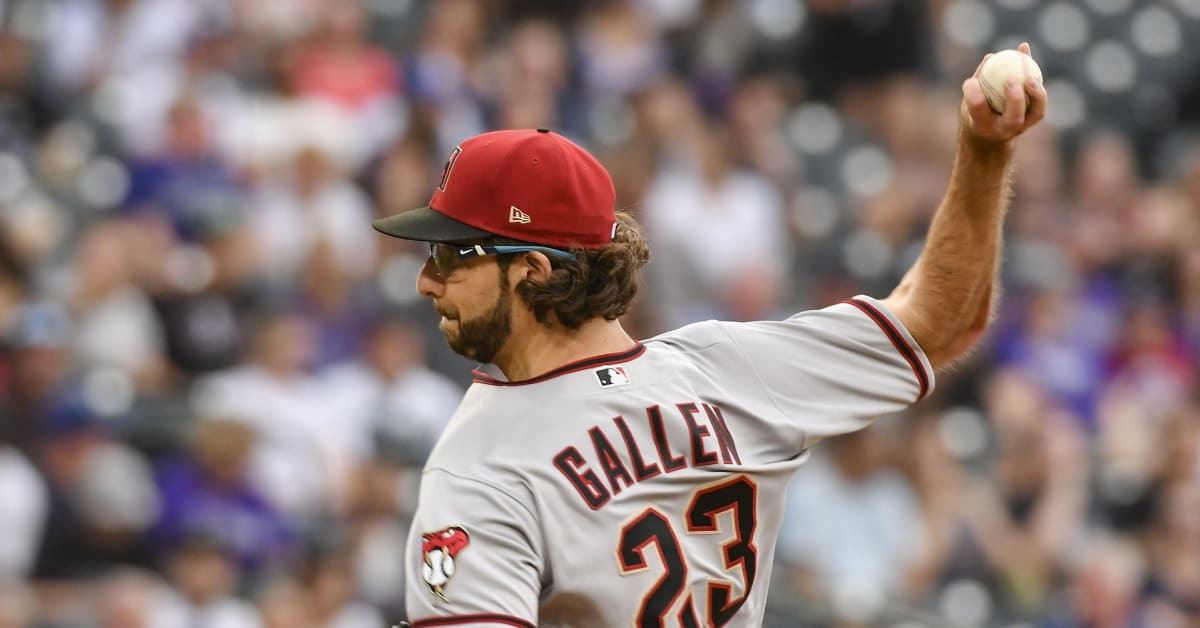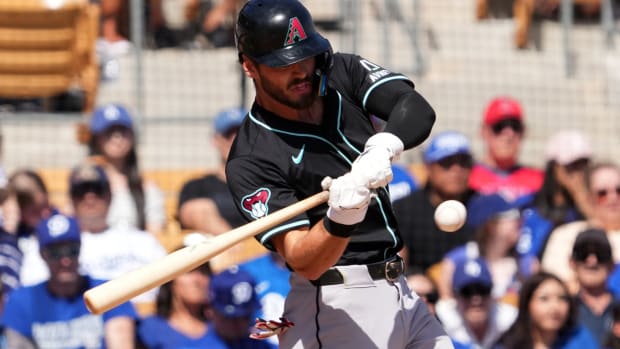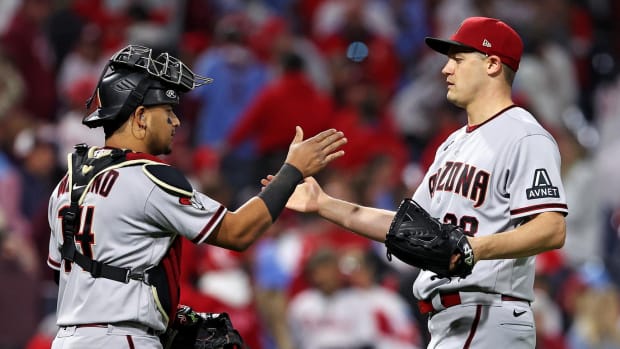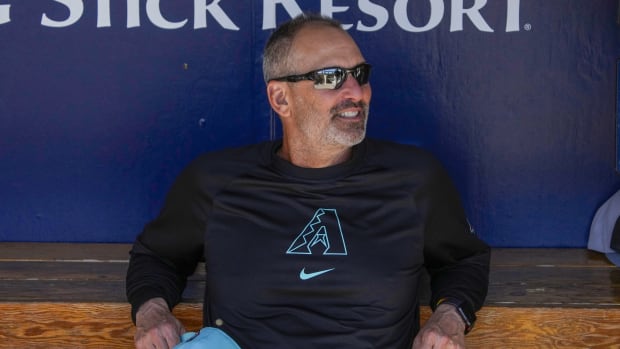Using Run Estimators to Evaluate Diamondbacks Pitchers

For years ERA was the primary metric used in major league baseball to determine a pitcher's effectiveness at preventing runs. While it's a good metric, and still the primary metric referenced by fans and awards voters, most team's front offices have moved on to one or more of several run estimators based on a pitcher's underlying performance, rather than the actual results of ERA.
While that may seem counterintuitive for some, there are some very good reasons for that. Ever since Voros McCracken discovered in 1999 that pitchers have limited control over what happens once the ball is put in play, (BABIP) pitcher evaluation began a revolution which is ongoing to this day. McCracken published DIPS v2 , (Defense independent pitching) in 2002. Later, Tom Tango tweaked that formula and created FIP or fielding independent pitching, which is scaled to simulate ERA. This is published on Fangraphs.
The essence of the metric is the use of Walks, Strikeouts, Homeruns, and HBP to determine a pitcher's true effectiveness at the things that are directly under his control. The pitcher has little control over BABIP according to the theory.
Another iteration of FIP, is xFIP, or expected FIP. The slight difference here is that home runs are regressed to represent how many homers the pitcher should have allowed.
These derivatives of the original DIPS created by McCracken have held up remarkably well over time. But with more modern data from Statcast we're able to better assess the quality of contact that a pitcher allows, giving us better understanding of which pitchers display an actual skill at inducing weaker contact. From that data Baseball Savant is able to created xERA, which is described like this:
[xERA] takes into account the amount of contact (strikeouts, walks, hit by pitch) and the quality of that contact (exit velocity and launch angle), in an attempt to credit the pitcher or hitter for the moment of contact, not for what might happen to that contact thanks to other factors like ballpark, weather, or defense.
Each metric, FIP, xFIP, and xERA can tell us different things and there are some differences in the predictability of these metrics as well. What follows below is a simplified look at the average of these three run estimators, and a comparison to the pitcher's actual ERA. When there is a full run or more difference, you definitely should refer to the average of the run estimators rather than the ERA to evaluate the true quality of the pitcher's performance. If the difference is over .50 of a run in larger samples sizes one should take note as well.
STARTING PITCHERS
The column highlighted in grey is the average of the three run estimators. A large variance greater than a half run between the two indicates the ERA number might not be truly measuring the underlying quality of the pitcher's performance.
Zac Gallen has had an ERA lower than his run estimators three out of his four seasons in MLB. The exception was when his estimators and ERA lined up, both well over 4.00. While it appears to be a trend, with just 457 innings in his career it's too early to state emphatically this is a skill we can predict going forward.
Drey Jameson and Ryne Nelson are obviously not going to post sub 2.00 ERA over a full season. But the average of the estimators in their small sample sizes is still encouraging.
Merrill Kelly had a very good season, doing it over 200 innings. But going forward an ERA north of 3.50 is probably more likely.
Zach Davies underlying performance was significantly worse than his ERA, with a difference of 57 points.
Humberto Castellanos might have been somewhat unlucky with his ERA before getting injured, but his 4.95 average is still much to high.
Madison Bumgarner's underlying performance suggests that he was actually fortunate not to have an ERA north of 5.00 That does not bode well if the team is trying to trade him, as we wrote about yesterday
Tommy Henry needs to increase his K rate, lower his walk rate, and give up fewer homers or he will not be long for the rotation.
Relievers
Joe Mantiply was the best reliever on the team but with a Dr. Jekyll and Mr. Hyde split pre and post all star break.
Kevin Ginkel pitched pretty well, perhaps better than his already decent ERA
Kyle Nelson was fortunate to have a low 2's ERA
Reyes Moronta's numbers are for his full season including time with Dodgers, for more complete evaluation.
Mark Melancon's poor ERA was no fluke. It's what he deserved.
Taylor Widener's ERA did not reflect the quality of his pitching.
Caleb Smith's full season numbers inflated somewhat by his starting numbers. He was better as a reliever.
Ian Kennedy's 5.36 ERA was deserved.








